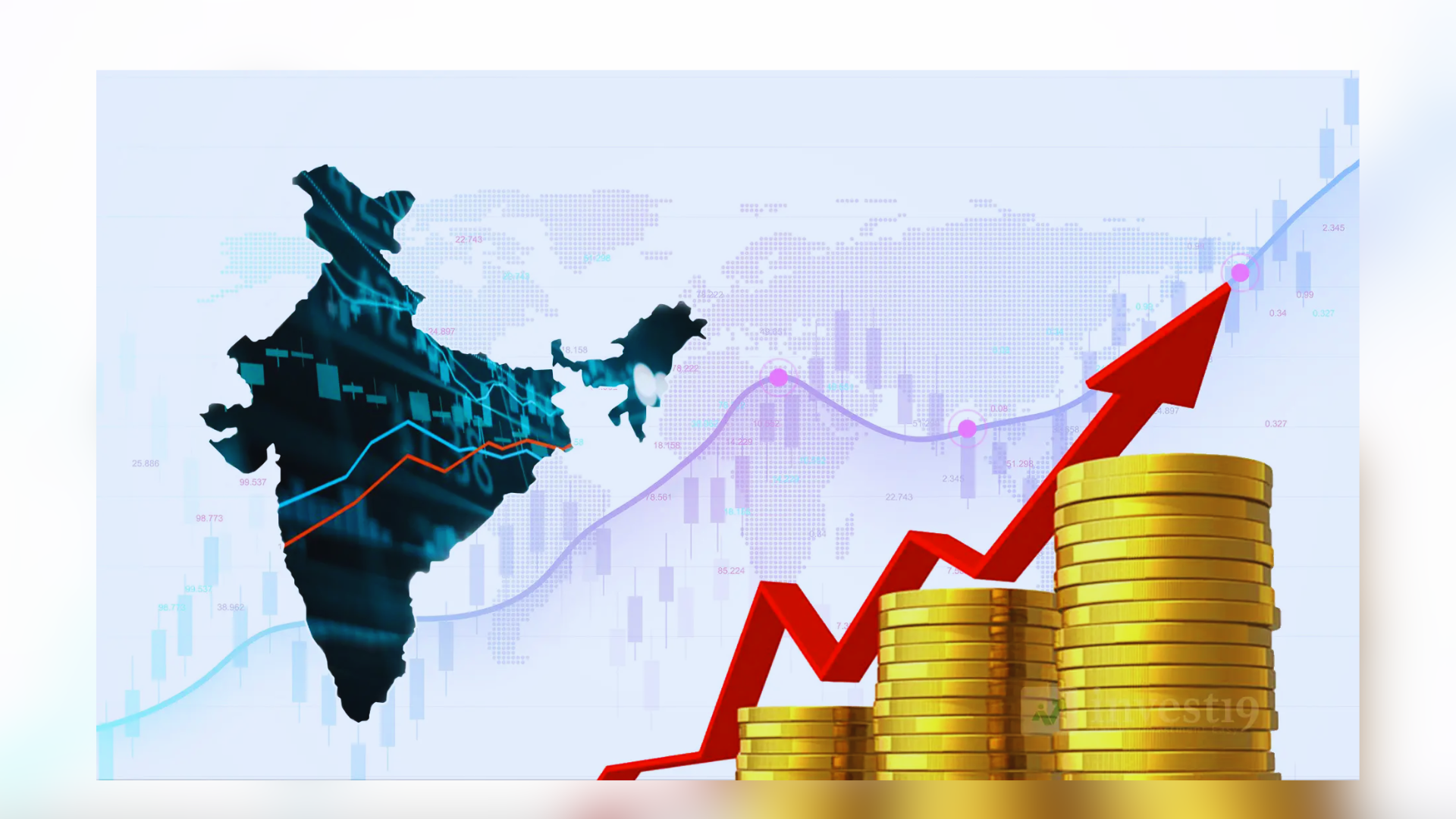The Reserve Bank of India report highlights a global wave of optimism regarding India’s economic prospects, with major financial institutions predicting a substantial increase in growth.
“Internationally there is a growing optimism that India is on the cusp of a long-awaited economic takeoff,” the RBI said.
According to an RBI report, the International Monetary Fund (IMF) has raised India’s GDP growth forecast by nearly 2 percentage points for the fiscal year 2023-24. The IMF’s April 2024 World Economic Outlook points to strong domestic demand and a growing working-age population as key factors behind the anticipated robustness in 2024 and 2025. Similarly, the Organization for Economic Cooperation and Development (OECD) in its May 2024 Economic Outlook highlighted recent positive indicators and strong investment trends, reinforcing this optimistic outlook.
The OECD anticipates that India will maintain real GDP growth, driven by increased business confidence and significant investments. One of the key achievements recognized by global observers is the substantial reduction in poverty. According to the World Bank, during the peak of the COVID-19 pandemic in 2021, only 12.9 percent of India’s population lived on USD 2.15 a day, the threshold for extreme poverty.
Recent estimates indicate that extreme poverty in India is on the verge of eradication, marking a significant shift for a nation once synonymous with hardship. India’s power sector has achieved full electrification, with integration into a unified national grid. Rural areas now benefit from 20 hours of electricity daily, while urban areas receive power for 23.5 hours. Moreover, India has emerged as the world’s third-largest renewable energy producer, underscoring its commitment to sustainable development.
READ MORE : Delhi CM Kejriwal’s Aide Bibhav Kumar Taken to Mumbai for Investigation in Swati Maliwal Assault Case
The digital revolution has played a crucial role, with India leading in digital transactions globally and broadband connectivity reaching over 93 percent of villages. Initiatives like the Bharat Net project aim to provide high-speed internet to all villages, while platforms such as the Open Network for Digital Commerce (ONDC) are enhancing market access for small businesses.
The digital public infrastructure of India Stack is driving improvements in productivity, efficiency, and job creation, while enhancing the precision of fiscal transfers. Private investment is flourishing, spurred by robust mergers and acquisitions (M&A) activity, particularly in the energy domain. Although outbound deals have seen a decline, cross-border investments are increasing. India’s adaptability and resilience in the M&A landscape amidst global challenges are fueling this growth.
As the seventh-largest exporter of services globally and the second-largest among developing nations, India’s business services sector is expanding, bolstered by global capability centers. Despite a slight dip in the share of software exports, global IT expenditures are expected to grow by 8 percent in 2024, with Indian IT exports set to surpass this growth, driven by the consulting segment. The retail sector is experiencing a surge, evidenced by significant year-on-year sales growth in various categories during Q4 2023-24, including sports goods, food and grocery, apparel, footwear, and quick-service restaurants.
Green energy projects worth approximately Rs 700 billion are poised to commence operations this year, marking a historic investment milestone for a single year. Projections suggest that incremental project investments could soar to Rs 765.2 billion by 2025-26, driven by policies advocating for sustainable energy sources. In April 2024, India’s merchandise exports saw a year-on-year growth of 1.1 percent, totaling USD 35 billion.
The software services sector maintains a promising outlook, with a significant increase expected in global IT spending. Inflation has displayed signs of moderation, with the Consumer Price Index (CPI) recording a 4.8 percent year-on-year increase in April 2024, down from 4.9 percent in March. Core inflation has eased to 3.2 percent, marking the lowest figure in the current CPI series. However, food inflation experienced a slight uptick, while fuel prices witnessed deeper deflation. India is projected to be among the top 10 economies for foreign direct investment (FDI) momentum in 2024, as per fDi Intelligence.
Despite a net outflow of USD 1.1 billion from Indian equities in April, the country’s foreign exchange reserves have surged by USD 21.7 billion in 2024, surpassing other major reserve-holding nations. With reserves now standing at USD 644.2 billion, India is well-positioned to cover over 10 months of projected imports for 2024-25 and nearly all external debt as of end-December 2023. India is poised to maintain its status as the fastest-growing major economy, showcasing resilience amidst geopolitical challenges and supply chain pressures. Economic activity rebounded in April 2024, with GDP growth for Q1 2024-25 expected to be around 7.5 percent.
ALSO READ : Rahul Gandhi Pays Tribute to Late Father Rajiv Gandhi on 33rd Death Anniversary




